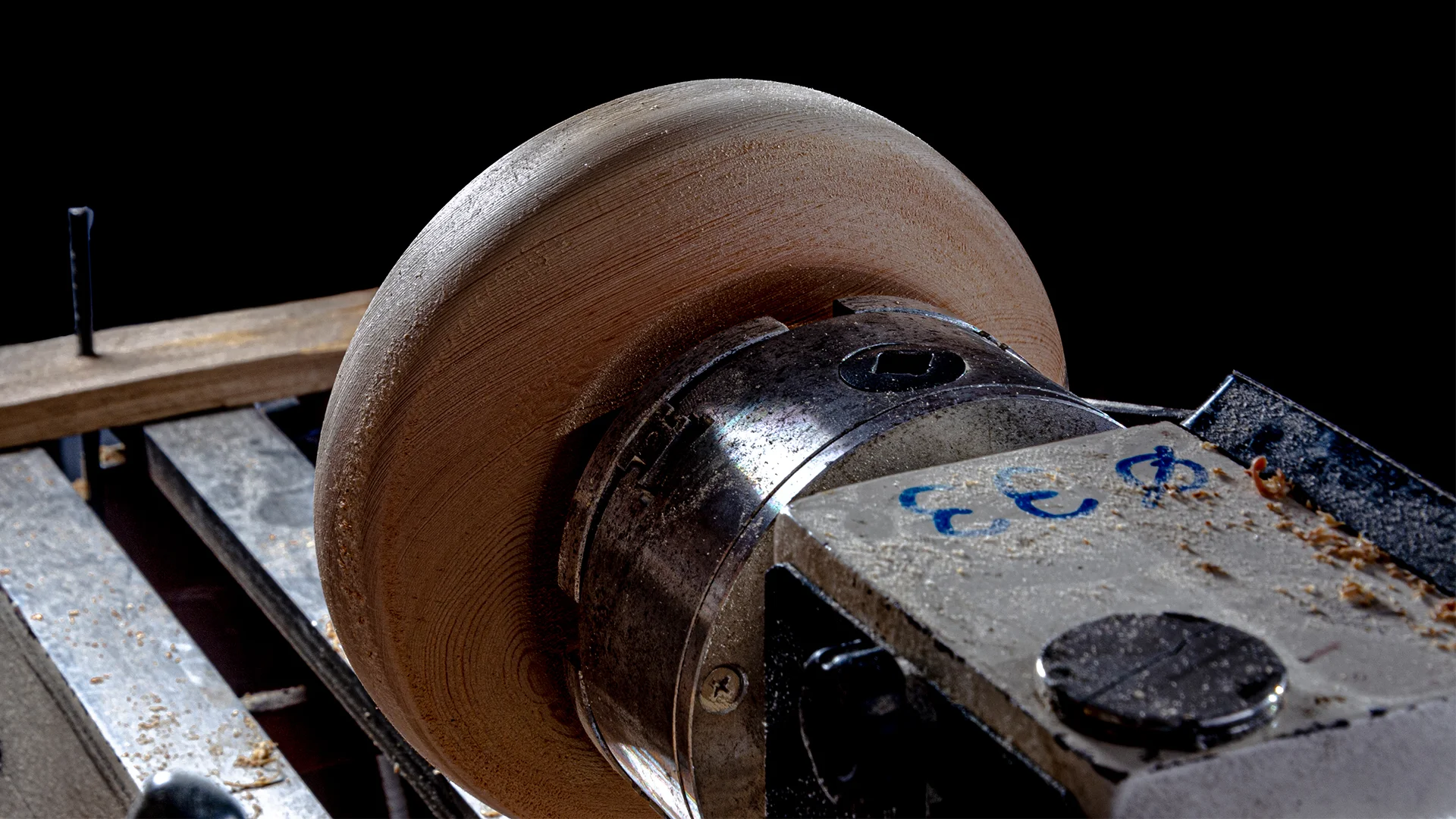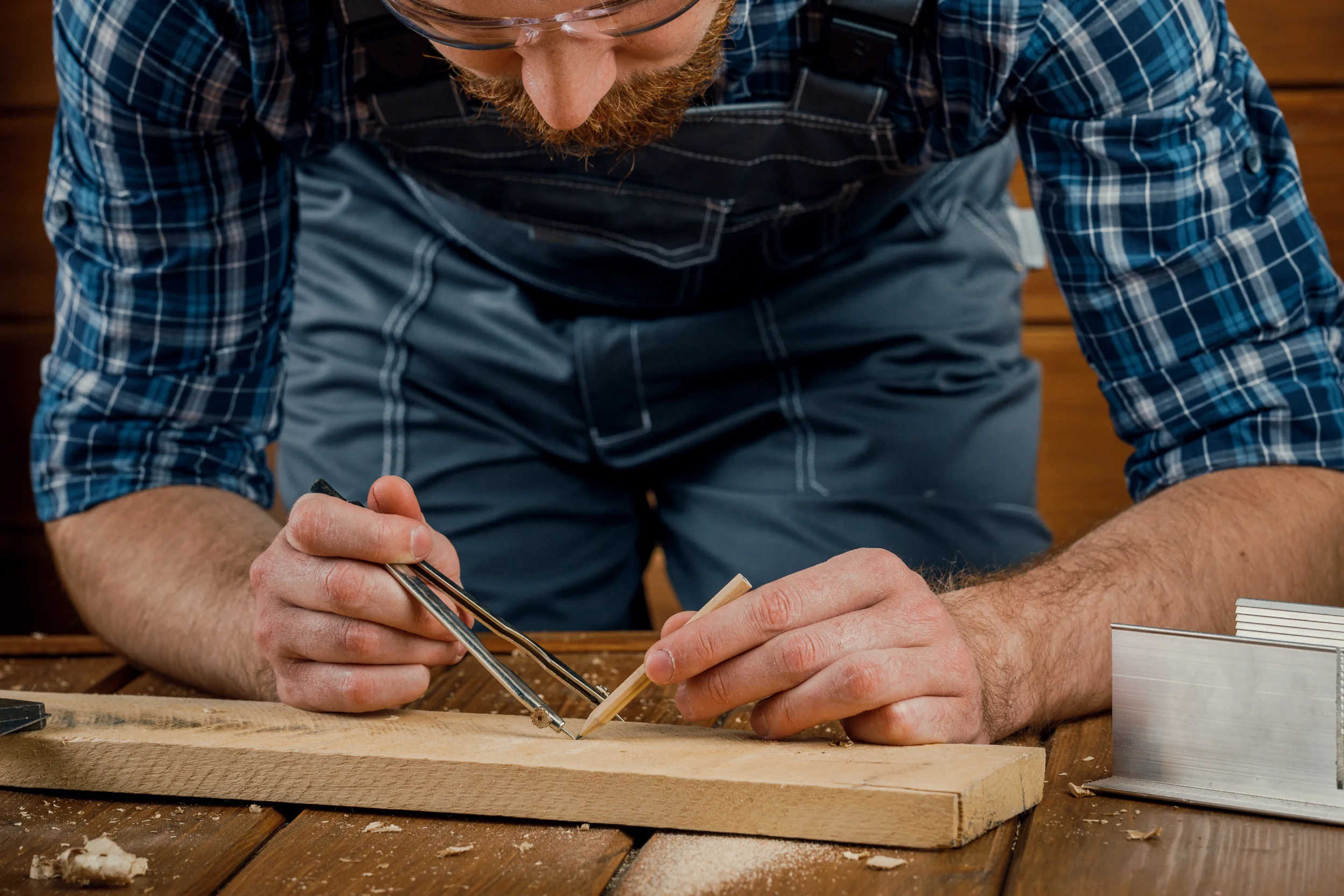
Our Blog
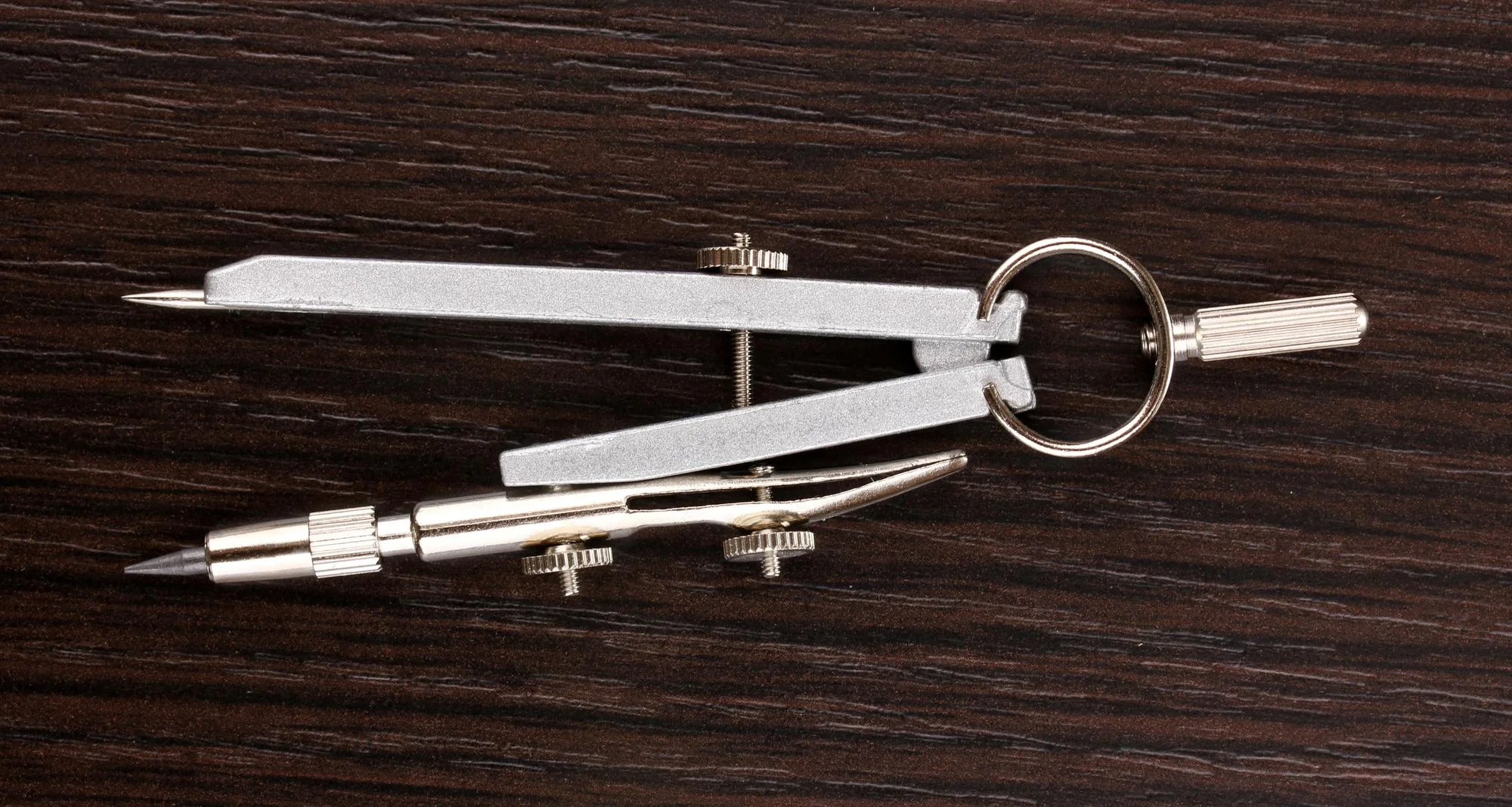
How to Choose the Best Woodworking Compass: Expert Tips and Tricks
Why Every Woodworker Needs a Compass in Their Tool Kit
Ever tried to cut a perfect circle or arc by eye? Let’s be honest—it rarely ends well. That’s where a woodworking compass becomes your secret weapon. Whether you’re building high-end custom cabinetry, crafting furniture, or tackling any precision project, a compass for woodworking helps you layout accurate circles, curves, and measurements every single time.
But here’s the deal: not all woodworking compasses are created equal. From cheap, flimsy models to professional-grade tools, the choices can feel endless. So how do you know which one is right for your projects?
Stick with me. I’ll break it all down—what a woodworking compass is used for, how it works, and how to choose the best one for your shop.
What Is a Woodworking Compass Used For?
Let’s start with the basics. A woodworking compass is a precision marking tool used to draw circles, arcs, and radii on wood. But it’s more than that—it’s a layout tool that helps you measure, mark, and transfer accurate distances when a ruler just won’t cut it.
Here are a few practical ways woodworkers use a compass:
- Marking round edges or corners on tabletops
- Laying out evenly spaced holes or pegs
- Drawing custom radius cuts for trim or millwork
- Transferring exact measurements between workpieces
When accuracy matters—and let’s face it, it always does in woodworking—a compass saves time and reduces costly mistakes.
How Does a Woodworking Compass Work?
A woodworking compass works by using two adjustable arms:
- One arm has a sharp point that anchors into your material.
- The other holds a pencil, pen, or marking blade.
You simply set the compass to your desired radius, lock it in place, and swing the pencil arm around the anchored point to mark your circle or arc.
Some advanced models even come with:
- Digital readouts for precision adjustments
- Scriber attachments for cutting or scoring
- Multiple pencil or blade holders for versatility
What Are the Different Types of Woodworking Compasses?
Not all compasses are designed the same. Here are the most common types you’ll come across in the woodworking world:
1. Wing Divider Compass
- Classic two-legged design with a tension adjustment screw.
- Great for small to medium circles and transferring measurements.
2. Beam Compass
- Features a long beam with sliding points for large circles or arcs.
- Perfect for big projects like tables or archways.
3. Spring Divider Compass
- Uses spring tension to hold settings firmly.
- Ideal for quick, repetitive measurements.
4. Digital Woodworking Compass
- Includes an electronic display for setting exact radii.
- Excellent for professionals who demand next-level precision.
5. Compass with Scriber or Blade
- Swaps out the pencil for a metal point or blade.
- Used for scoring lines directly onto wood for cutting or routing.
Why Is a Compass Important in Woodworking?
Here’s why a compass for woodworking deserves a permanent spot on your bench:
- Accuracy – Eliminates guesswork when marking curves and measurements.
- Efficiency – Speeds up your layout process, especially on repetitive tasks.
- Versatility – Works on everything from cabinetry and millwork to furniture and DIY projects.
- Professional Results – Helps you achieve clean, consistent cuts that make your work stand out.
Bottom line—a good compass makes you a better, faster, and more precise woodworker.
How to Choose the Right Woodworking Compass for Detailed Projects
Here are six expert tips to help you pick the perfect compass for your next woodworking job:
1. Consider Material Quality
Look for stainless steel or brass components. These materials last longer and provide better stability than cheap plastic or lightweight metals.
2. Look for Locking Mechanisms
Make sure the compass has a secure locking system. You don’t want your settings slipping mid-mark.
3. Check for Multiple Attachment Options
Some compasses let you swap out pencils, scribers, or blades. This gives you more flexibility depending on the material you’re working with.
4. Evaluate Precision Needs
If you need extreme accuracy, consider investing in a digital woodworking compass.
5. Read Reviews or Ask Fellow Woodworkers
Don’t just trust the marketing. Look for real user reviews or ask your network for recommendations on the most durable woodworking compasses.
Digital vs. Manual Woodworking Compasses: Which Is Better?
Let’s settle the debate.
| Pros | Cons | |
|---|---|---|
| Manual Woodworking Compasses |
|
|
| Digital Woodworking Compasses |
|
|
Bottom line?
If you’re a hobbyist or casual woodworker, a manual compass is probably all you need. But if you’re a professional or you specialize in high-end work, a digital model could be a smart investment.
What Are the Most Durable Woodworking Compasses?
Here are a few features to look for when shopping for a long-lasting woodworking compass:
- Solid Metal Construction – Stainless steel or brass is best.
- Heavy-Duty Locking Mechanism – Prevents slipping.
- Replaceable Pencil or Blade Holders – Extends tool life.
Smooth Adjustability – Screws and arms should move fluidly without feeling loose.
Pro Tip: Don’t Forget the Accessories
A compass is only as good as its attachments. Here are a few extras worth grabbing:
- Replacement lead or blades
- Extension bars for larger circles
- Carrying case to protect your tool
Final Thoughts: Invest in Tools That Make Your Work Better
A woodworking compass isn’t just a “nice-to-have”—it’s a must-have for any serious woodworker. It’s your go-to tool for faster layouts, cleaner cuts, and precision that stands out.
Whether you’re new to the craft or leveling up your shop, keep these pro tips in mind:
- Match the tool to your project size.
- Invest in quality materials and locking mechanisms.
- Decide if manual or digital is right for your workflow.
- Look for durability and versatility.
Want more expert resources like this?
That’s what AWI is here for. From standards and training to community and certification, we help woodworkers like you build better, smarter, and stronger.
Recent Post

How to Choose the Best Woodworking Compass: Expert Tips and Tricks
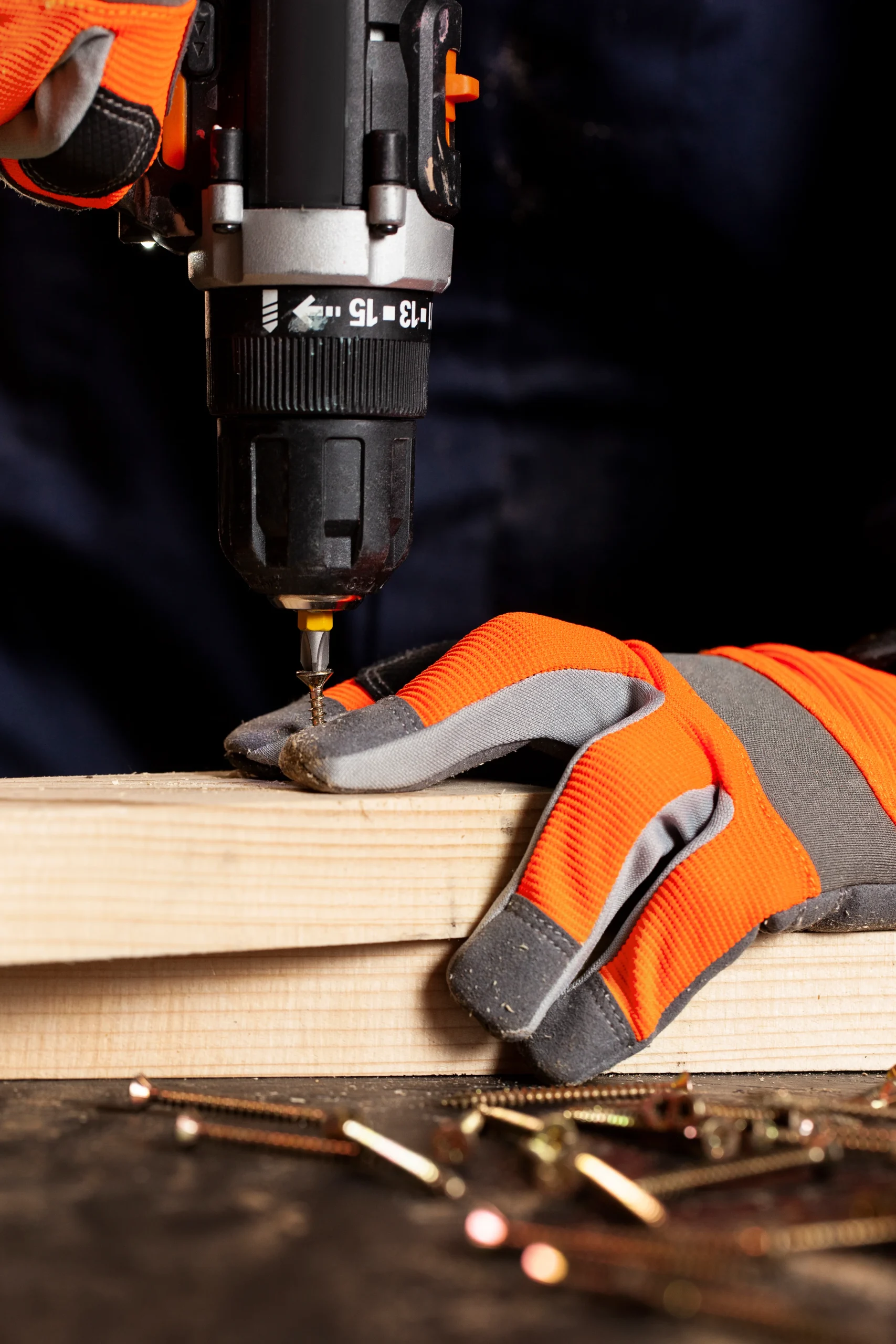
Screw Gun vs Drill: What Every Woodworker Needs to Know

Woodworking PPE Checklist: Are You Fully Protected?
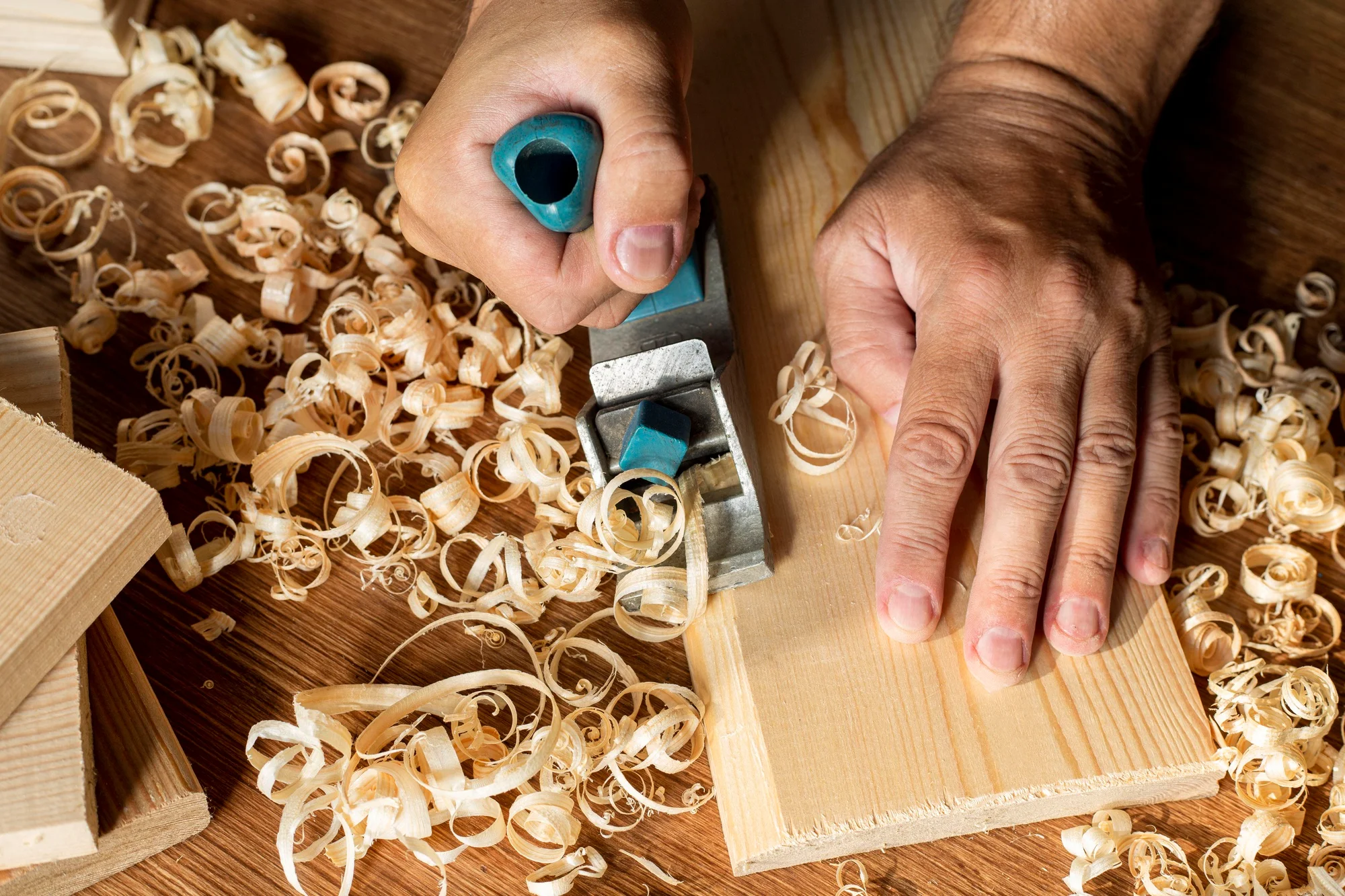
Green Woodworking 101: A Beginner’s Guide to Crafting with Unseasoned Wood
